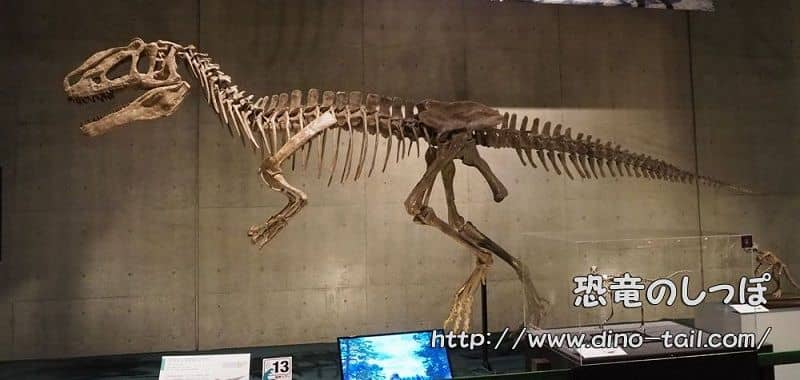About Yutyrannus
| Scientific Name (Genus) | Yutyrannus |
| Meaning of Name |
Feathered tyrant
yŭ (feather) [Chinese] - tyrannus (tyrant) [Latin] |
| Classification | Saurischia, Theropoda (Tetanurae, Tyrannosauroidea, Proceratosauridae) |
| Total Length | Approx. 9m |
| Diet | Carnivorous |
| Period | Early Cretaceous |
| Species | Yutyrannus huali |
| Year of Paper Publication | 2012 |
| Genus Name Publication |
A gigantic feathered dinosaur from the Lower Cretaceous of China.
Nature. 484. by Xu, X.; Wang, K.; Zhang, K.; Ma, Q.; Xing, L.; Sullivan, C.; Hu, D.; Cheng, S.; Wang, S.. 2012. |
Introduction
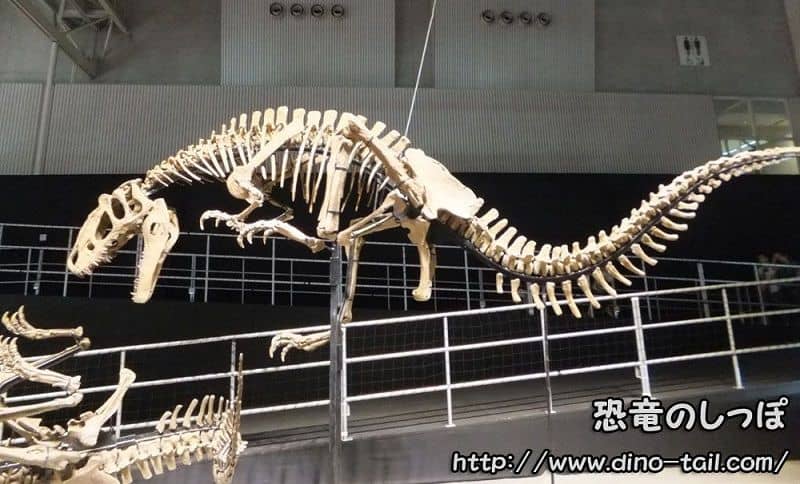
The discovery of Yutyrannus surprised not only scholars but also dinosaur and paleontology enthusiasts.
Previously, feather impressions were limited to small dinosaurs, but they were found on this large theropod.
Moreover, since it belongs to the Tyrannosauroidea, it fueled the debate on whether Tyrannosaurus rex also had feathers. In reality, Yutyrannus is not that closely related to Tyrannosaurus rex (more like a distant cousin). Still, the discovery of feathers on a large theropod was so impactful that it became a central topic of discussion.
Characteristics
Yutyrannus is a carnivorous dinosaur belonging to the Tyrannosauroidea, discovered in Liaoning Province, China. It is estimated to have been about 9 meters long and weighed 1,410 kg.
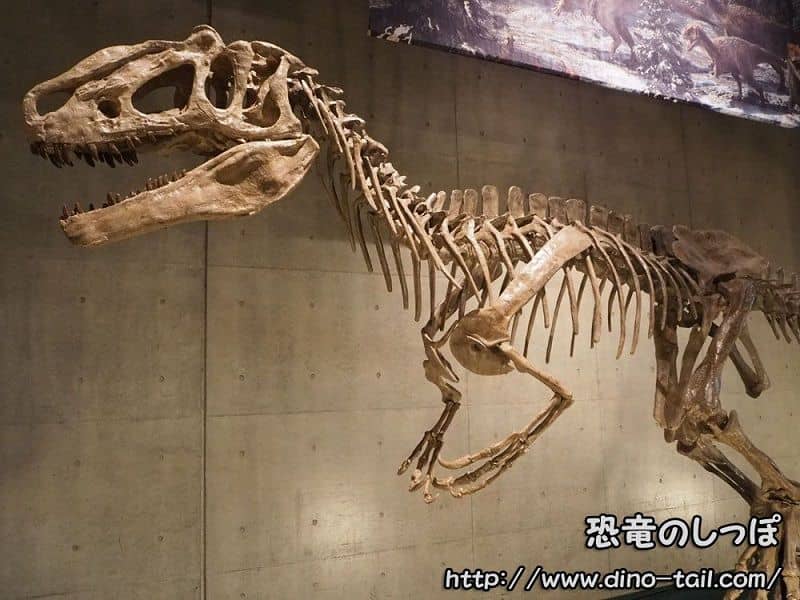
Three individuals have been found to date, and all three show impressions of feathers about 15 cm long.
Before the discovery of Yutyrannus, "feathered dinosaur" was synonymous with "small," so it garnered attention as a large theropod with feathers covering its entire body.
In addition to the typical tyrannosauroid skull structure, its head featured a distinctive, rugged nasal crest, thought to have been used for display. The presence of three fingers on its forelimbs also indicates it was more primitive than later tyrannosaurids.
The long feathers covering its body likely served as insulation to protect it from the cold climate, and their striking appearance may have also played a role in species recognition or attracting mates.
Furthermore, the bones of an ornithopod (a plant-eating dinosaur) were found in the stomach area of a subadult specimen. This is direct evidence of what Yutyrannus ate, confirming its role as an apex predator in its ecosystem.
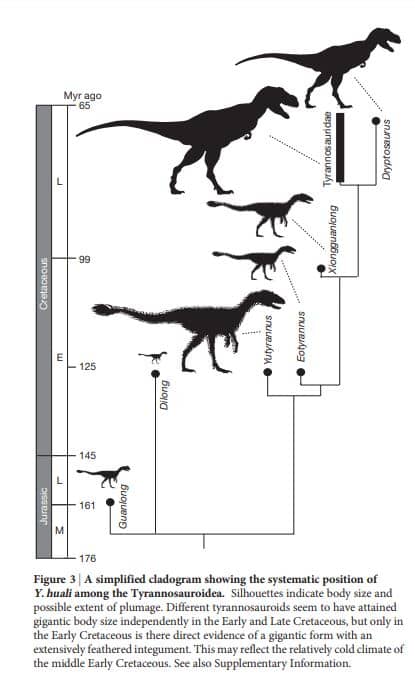
Source: A gigantic feathered dinosaur from the Lower Cretaceous of China. Nature. 484. by Xu, X.; Wang, K.; Zhang, K.; Ma, Q.; Xing, L.; Sullivan, C.; Hu, D.; Cheng, S.; Wang, S.. 2012.
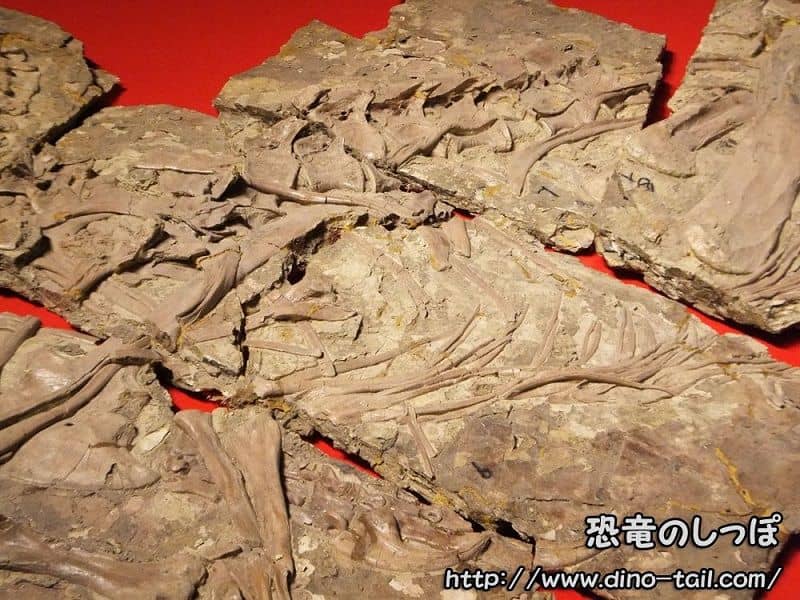
A "Family" Discovery? Evidence of Pack Life
Another reason the discovery of Yutyrannus was so scientifically important lies in the age composition of the three fossils found.
The three individuals consisted of one adult (the holotype specimen), one subadult, and one small juvenile. The fact that individuals of different ages were fossilized together in the same place strongly suggests that they did not live alone but in packs, possibly family groups like wolves, and hunted together.
This is considered extremely valuable evidence that tyrannosauroids were not just ferocious predators but also possessed advanced social behaviors.
Climate and Feathers
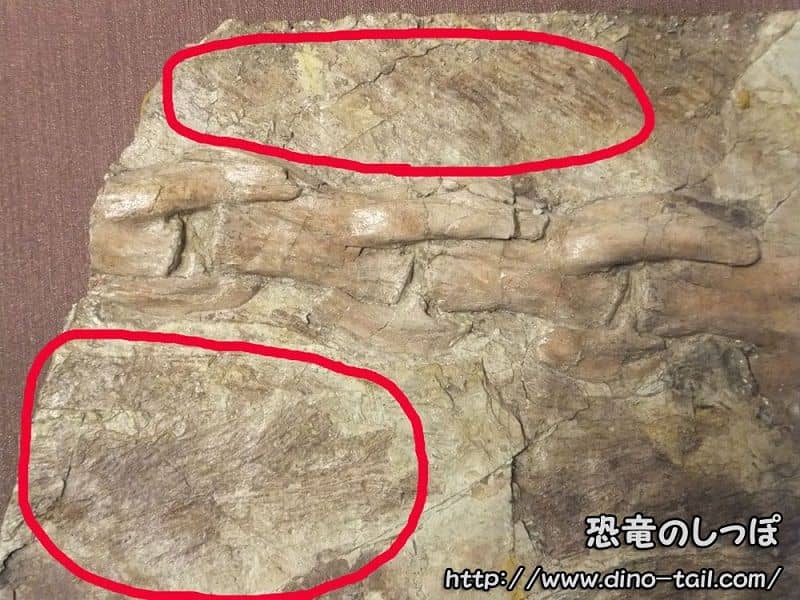
Inside the red line
The average annual temperature in Liaoning Province, China, during the Early Cretaceous when Yutyrannus lived is estimated to have been around 10°C. This is comparable to the current climate of Aomori Prefecture in Japan.
This was quite low for the time, and research is ongoing regarding the relationship between the climate and the presence of feathers.
Yutyrannus Stamp & Fossil Gallery
